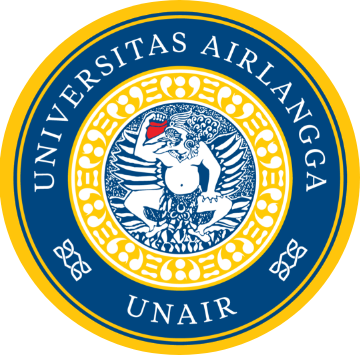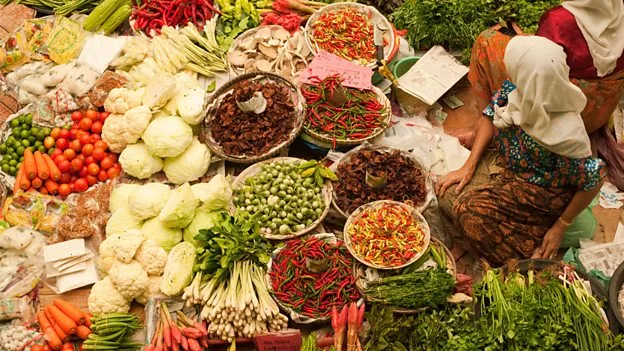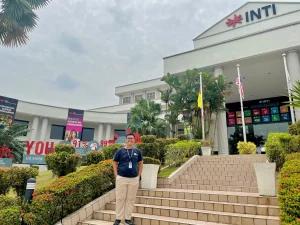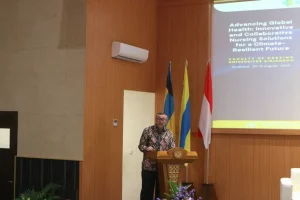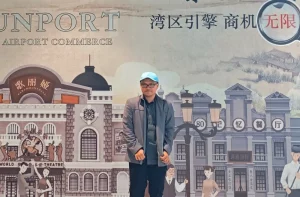UNAIR NEWS – The Indonesian government has recently drawn attention for cutting the budget allocated to its free lunch program, reducing the cost to IDR 10,000 per portion. This policy change has sparked controversy among the public.
Mahmud Aditya Rifqi, S.Gz., M.Si., Ph.D., a nutrition expert at the Faculty of Public Health, Universitas Airlangga (UNAIR), explained that the reduction in the lunch program’s budget must have been made after careful consideration. However, he pointed out that the change poses a significant challenge, especially for nutritionists who now need to provide balanced, nutritious meals within a limited budget.
Local food ingredients as solution
In response to this challenge, Rifqi suggested that local food ingredients could offer an effective alternative. Using locally grown foods could help meet the financial constraints of providing free meals while maintaining high nutritional standards. Local ingredients are not only more affordable but also possess comparable nutritional value to conventional food products.
“To offer nutritious and well-balanced meals, we need to focus on portion sizes, nutritional content, and composition. Typically, protein is the most expensive component of a meal. This can be addressed by using local food sources, such as fish for protein,” he stated.
Rifqi pointed to freshwater fish as a promising protein source. Fish varieties like tilapia, gourami, and catfish, which are readily available in local communities, are affordable and easy to obtain. Their protein content is comparable to that of chicken or beef.
“From the plant-based perspective, legumes offer a viable option. Green beans, red beans, and their processed products are good examples. Local soybeans can be used to make tempeh and tofu. Furthermore, edamame, a variety of soybeans, is increasingly being cultivated in Indonesia, and both soy and edamame provide high-quality protein,” he added.
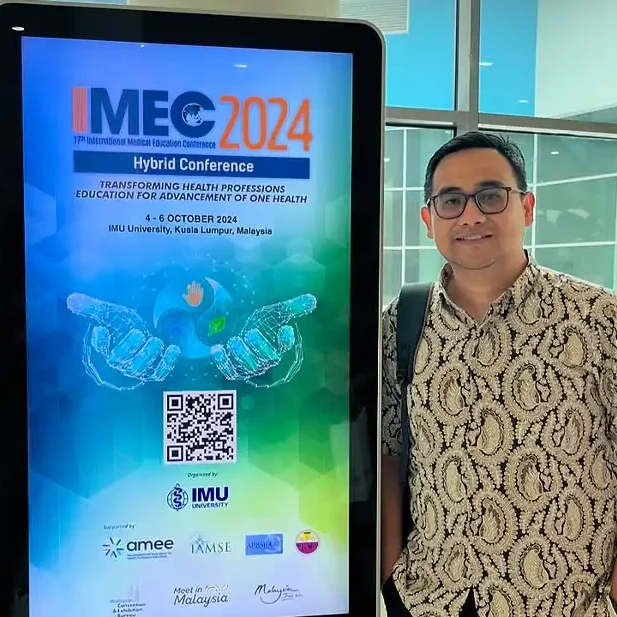
Considerations and challenges
Beyond the economic and nutritional benefits of local foods, Rifqi highlighted the practicality of using these ingredients. Local foods are typically fresher and require minimal processing and preservation, making them safer for consumption.
“The decision to use local ingredients can be assessed by considering the farm-to-table process. The longer the process, the more treatment and preservation are necessary. Local foods, on the other hand, are fresher and require less processing, which helps reduce the need for preservatives and maintains their nutritional value,” he explained.
Despite these advantages, Rifqi acknowledged that one of the major challenges to promoting local foods is the public’s unfamiliarity with them. He stressed the importance of collaboration between the government, local communities, and academics to raise awareness and encourage the use of affordable, nutritious local foods through comprehensive outreach.
“As academics, we have conducted substantial research on local foods. However, the commercialization of these foods remains a challenge. It is crucial that research findings, including papers, articles, and journals, are not just theoretical but are implemented in practical ways to create products for the community,” he concluded.
Author: Rifki Sunarsis Ari Adi
Editor: Khefti Al Mawalia

